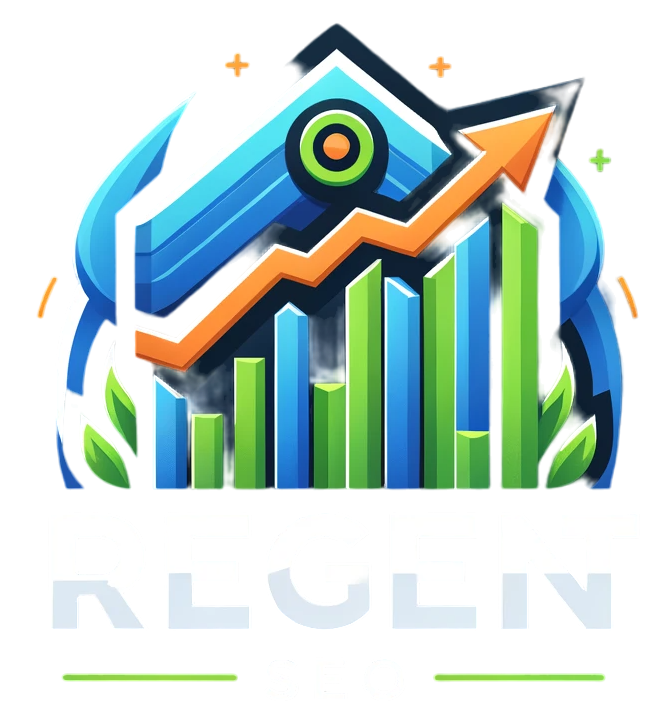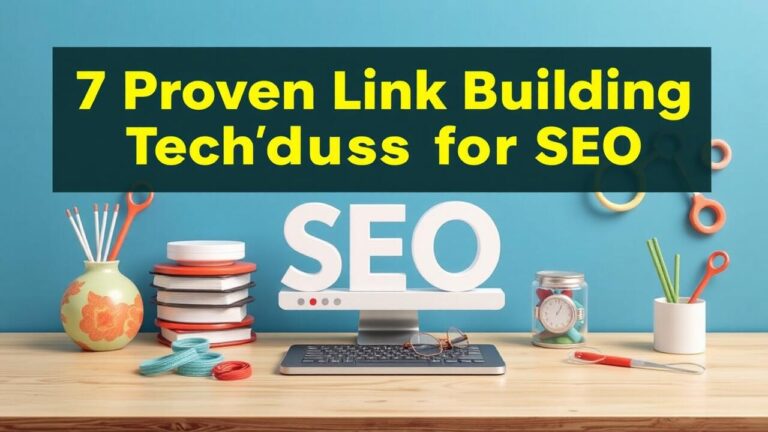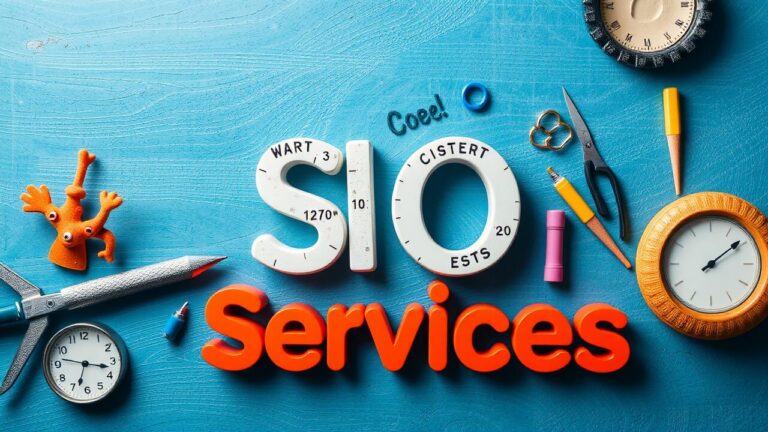What Are the Best Link Building Strategies for SEO
Resource Link Building
Resource link building is a powerful strategy to enhance your website’s SEO performance. By creating and sharing valuable resources within your industry, you can attract quality backlinks from other websites looking to reference informative content. These resources can take the form of eBooks, infographics, case studies, or how-to guides that provide unique insights or solutions to common industry challenges.
When embarking on resource link building, it is crucial to conduct thorough research to identify the specific needs and interests of your target audience. By developing content that addresses these gaps and delivers genuine value, you increase the chances of earning organic backlinks from authoritative sources. Remember, the key to successful resource link building lies in consistently producing high-quality content that resonates with your audience and establishes your website as a go-to destination for relevant information.
Building Links by Providing Valuable Resources in Your Industry
When it comes to building links for SEO purposes, one effective strategy is to provide valuable resources within your industry. By creating high-quality content that addresses the needs and interests of your target audience, you can attract other reputable websites to link back to your site. This not only helps improve your search engine rankings but also enhances your credibility and authority in your field.
Moreover, offering valuable resources can position your website as a go-to destination for reliable information, further increasing the likelihood of earning backlinks. Whether it’s in-depth guides, industry reports, case studies, or tools and calculators, make sure your content is informative, well-researched, and engaging. By consistently delivering valuable resources, you can establish your brand as a thought leader and garner the attention of influential websites looking to link to authoritative sources.
Competitor Analysis
Analyzing your competitors’ backlink profiles can provide valuable insights into potential link building opportunities for your own website. By identifying the websites that are linking to your competitors, you can create a targeted strategy to reach out to those same sites and request backlinks. Moreover, understanding the types of content that are attracting links to your competitors can help you tailor your own content strategy for better results.
Competitor analysis is not just about replicating your competitors’ backlink profiles; it’s also about identifying gaps and untapped opportunities. By conducting a thorough evaluation of your competitors’ linking strategies, you can discover niche websites or industry influencers that may not have been targeted by your competitors. Capitalizing on these overlooked sources can give your website a competitive edge and help you build a diverse backlink profile for improved SEO performance.
Analyzing Competitors’ Backlink Profiles for Link Building Opportunities
Analyzing competitors’ backlink profiles is a crucial step in devising an effective link building strategy for SEO. By examining the websites that link back to your competitors, you can identify potential opportunities to secure links for your own site. This process allows you to uncover websites within your industry or niche that may be willing to link to your content, thereby improving your site’s authority and relevance in the eyes of search engines.
Furthermore, by studying your competitors’ backlinks, you can gain insights into the type of content that resonates well with your target audience. This information can guide your content creation efforts, helping you develop valuable resources that are more likely to attract links from authoritative sources. By understanding the backlink profiles of your competitors, you can stay ahead in the SEO game and position your website for increased visibility and organic traffic.
Internal Linking
Internal linking is a crucial aspect of SEO that often goes overlooked. By strategically linking pages within your website, you can help search engines understand the structure of your site and the relevance of different pages. This can improve your website’s overall visibility and make it easier for users to navigate and find relevant information.
When implementing internal linking, it’s important to use descriptive anchor text that accurately reflects the content of the linked page. This not only helps search engines understand the context of the linked page but also provides users with more information about what they can expect when they click on the link. Additionally, organizing your internal links in a logical and hierarchical manner can further enhance the overall effectiveness of your internal linking strategy.
Strategically Linking Pages Within Your Website for SEO Benefits
Internal linking is a fundamental aspect of SEO that often goes overlooked. By strategically linking pages within your website, you can enhance the user experience and provide search engines with a clear understanding of your website’s structure and content hierarchy. This practice can also help search engine crawlers discover and index new pages on your website more efficiently, ultimately improving your site’s overall visibility in search results.
When implementing internal linking, it is crucial to use relevant anchor text that accurately describes the destination page’s content. Avoid using generic terms like “click here” or “read more,” as they provide little context to both users and search engines. Instead, opt for descriptive anchor text that includes relevant keywords to signal to search engines the topic of the linked page. Additionally, consider creating hub pages that act as centralized locations for specific topics, allowing you to link related pages back to this hub page to establish topical authority and improve SEO performance.
Ego Bait Content
Crafting ego bait content is a strategic approach that aims to attract links from ego-driven sources. This type of content is designed to stroke the egos of industry influencers, experts, or thought leaders in a way that encourages them to share or link back to your content. By creating content that highlights their expertise, accomplishments, or unique perspectives, you can increase the likelihood of them engaging with your content and driving valuable backlinks to your website.
When developing ego bait content, it is crucial to research and identify key individuals or entities within your industry whose endorsement or recognition can significantly impact your link building efforts. Tailoring your content to appeal to their interests, opinions, or areas of expertise can help establish a connection and increase the chances of them engaging with your content. By incorporating quotes, insights, or references to these influencers in your content, you can not only attract their attention but also position your content as a valuable resource worth sharing within your industry.
Crafting Content to Attract Links from EgoDriven Sources
Crafting content that attracts links from ego-driven sources can be a highly effective strategy to enhance your website’s SEO performance. Ego bait content leverages the desire of individuals or organizations to showcase their expertise or accomplishments, enticing them to link back to your content. By creating articles, infographics, or tools that highlight industry leaders or innovative trends, you can subtly encourage influencers to share your content and drive valuable backlinks to your website.
When developing ego bait content, it’s crucial to focus on providing unique value and expertise that resonates with your target audience. By offering truly valuable insights, data, or perspectives, you can establish your content as a go-to resource for industry professionals seeking credible information. This approach not only increases the likelihood of attracting links from ego-driven sources but also helps position your website as a trusted authority in your field.
FAQS
What is resource link building?
Resource link building is a link building strategy that involves creating valuable resources related to your industry and then reaching out to other websites to link to those resources.
How can I build links by providing valuable resources in my industry?
To build links by providing valuable resources, you can create high-quality content such as guides, infographics, tools, or research reports that other websites in your industry would find valuable and want to link to.
What is competitor analysis in the context of link building?
Competitor analysis for link building involves analyzing your competitors’ backlink profiles to identify potential link building opportunities. By examining where your competitors are getting their links from, you can discover new link prospects for your own website.
How can I analyze competitors’ backlink profiles for link building opportunities?
To analyze competitors’ backlink profiles, you can use tools like Ahrefs or Moz to see which websites are linking to your competitors. Look for high-quality websites that are relevant to your industry and consider reaching out to them for potential link building opportunities.
What is internal linking and how does it benefit SEO?
Internal linking is the practice of linking pages within your own website. By strategically linking relevant pages together, you can improve the overall structure of your website, help search engines crawl and index your pages more effectively, and distribute link equity throughout your site.
How can I strategically link pages within my website for SEO benefits?
To strategically link pages within your website, consider linking from high-authority pages to important landing pages, using descriptive anchor text for links, and creating a logical hierarchy of links that guide users and search engines through your website.
What is ego bait content and how does it attract links?
Ego bait content is content specifically crafted to attract links from ego-driven sources, such as influencers or industry experts. By creating content that mentions or features these individuals or organizations, you can increase the likelihood of them linking to your content to showcase their inclusion.
How can I craft ego bait content to attract links from ego-driven sources?
To craft ego bait content, consider creating content that highlights the achievements, expertise, or opinions of influencers or industry experts. Reach out to them directly to let them know they have been featured and provide easy ways for them to link back to your content on their own platforms.







